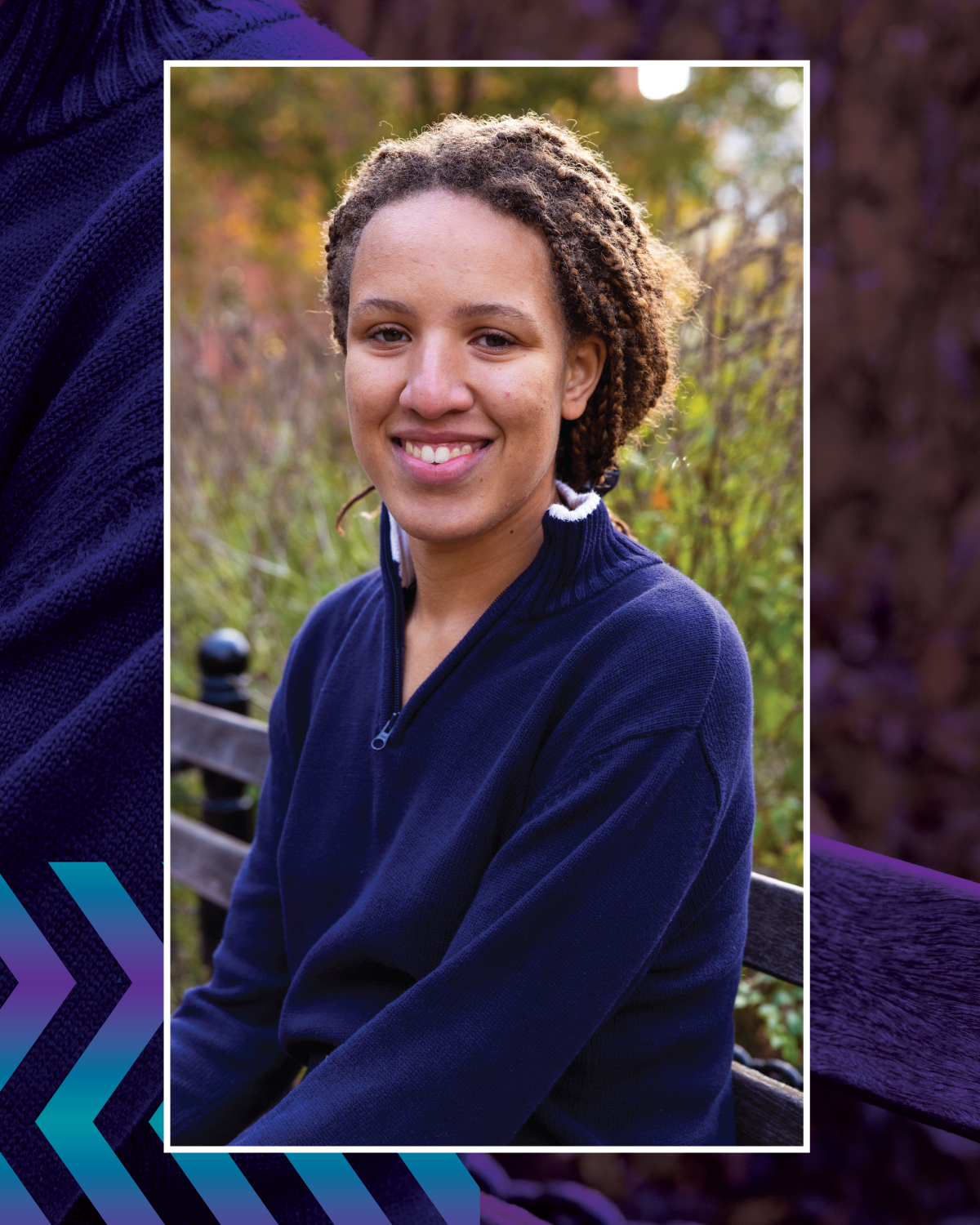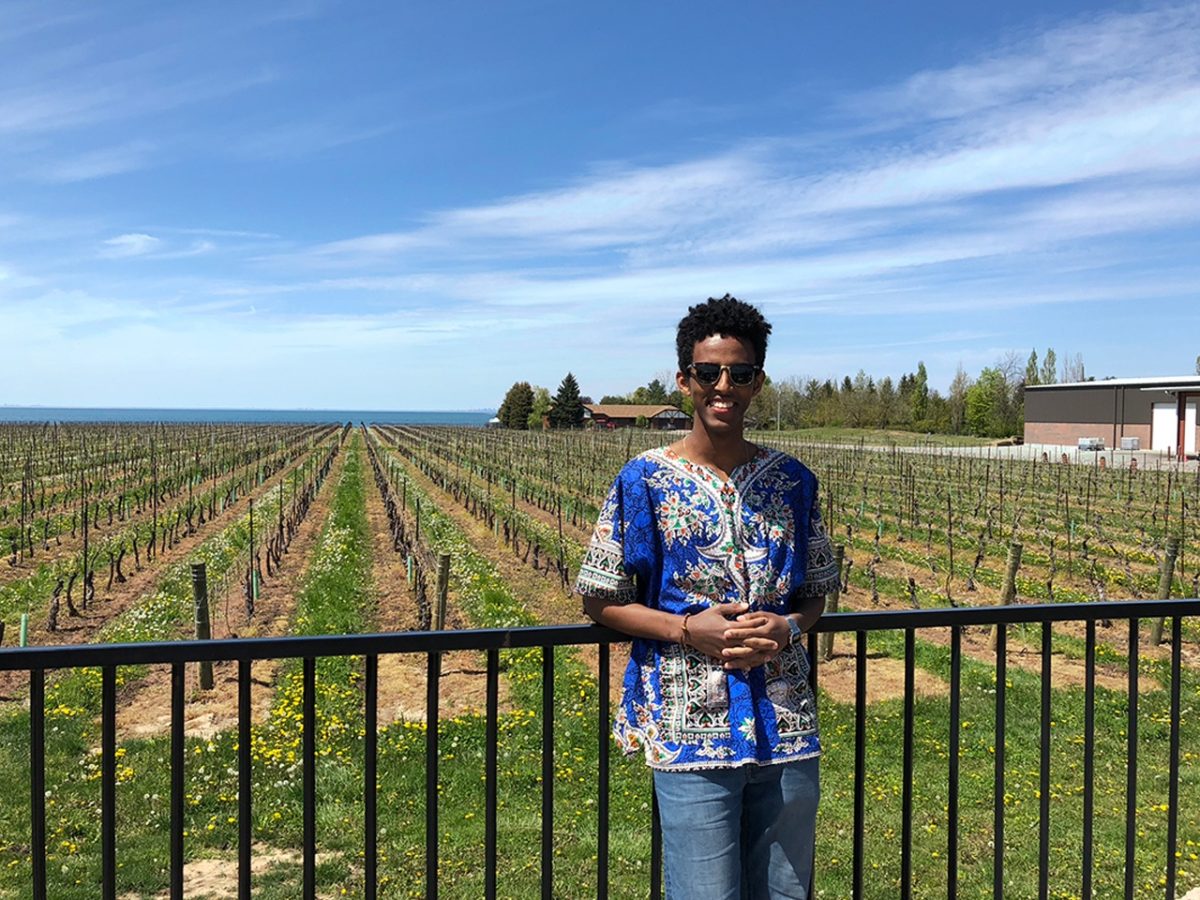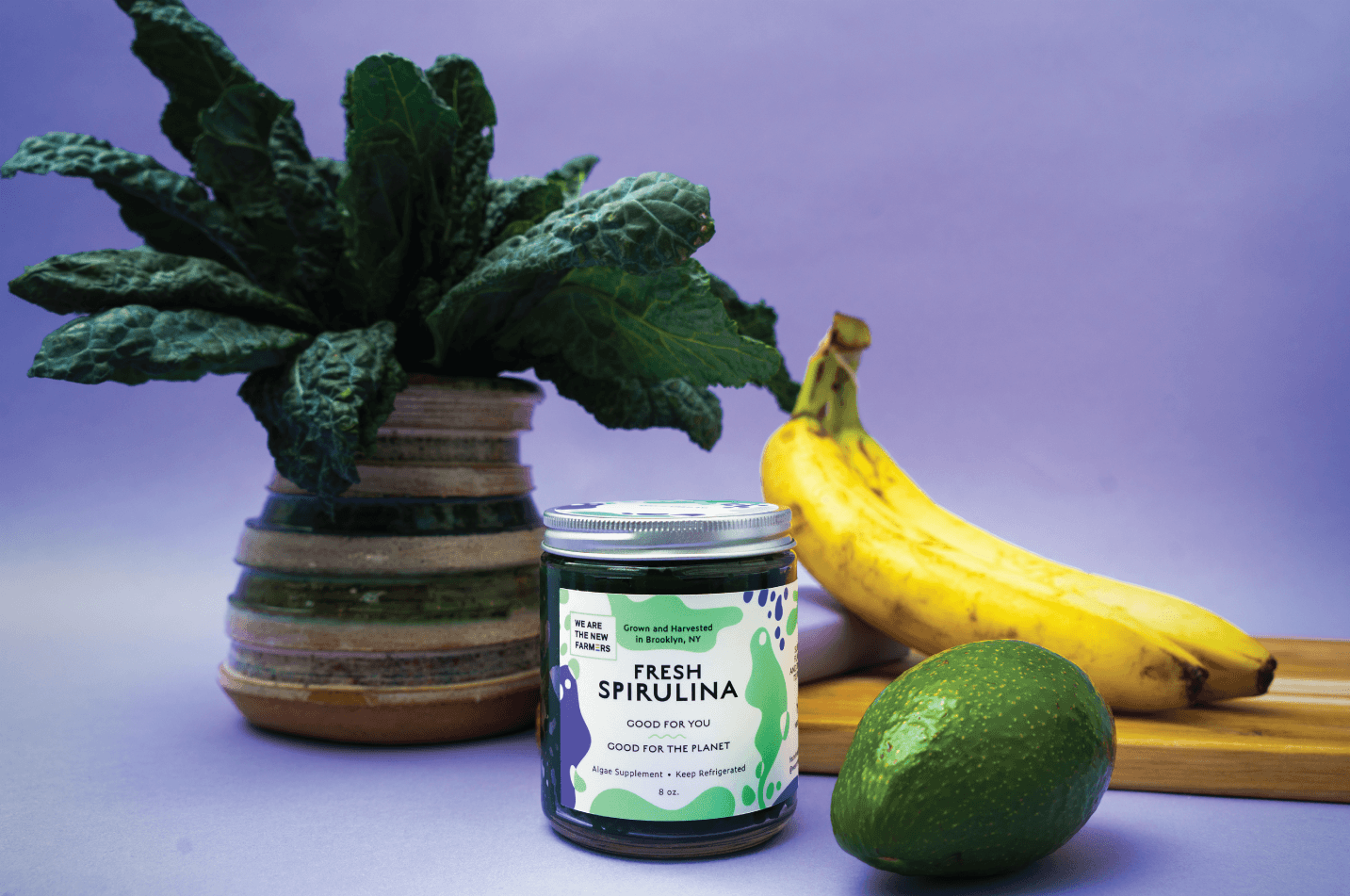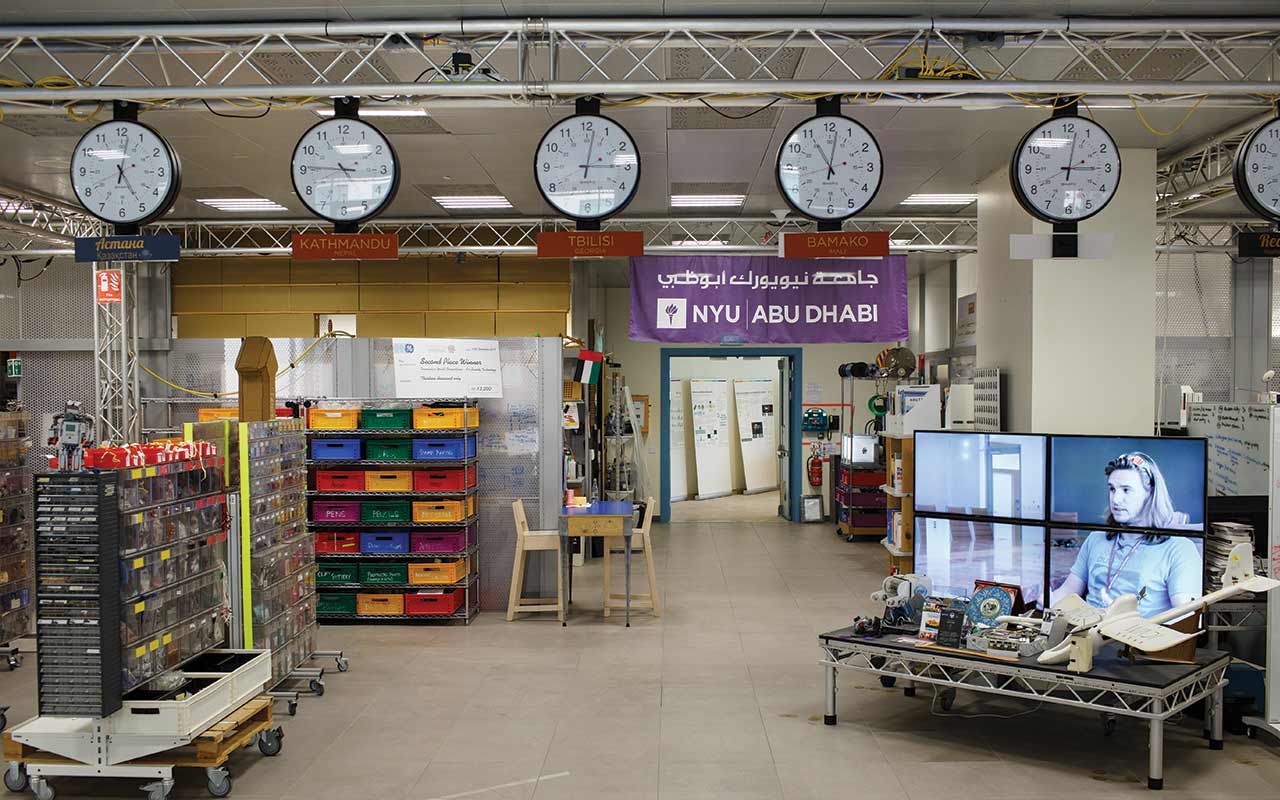Published March 24, 2022
At NYU Tandon, Bio + Design = Improving Lives
Julia Haskins’ senior year at NYU Tandon has been her best yet. The Washington, DC, native started her college search knowing she was interested in animation and engineering but not quite sure how to combine them. She came to NYU because of the University’s strong design and science offerings and chose to major in Biomolecular Science with the intention to further her design interests using her elective credits. Along the way, she discovered Integrated Design and Media (IDM). Julia decided to change her major to IDM and pursue a minor in Biomolecular Science instead. Then, thanks to her unique academic path, and the NYU professors who helped her, Julia found an exciting internship opportunity—right on campus.

This Lab Is Alive
At her Laboratory for Living Interfaces internship with Dr. Elizabeth Hénaff, Julia conducts research on mycelium, the medium for mushroom roots. This incredible organism has the potential to revolutionize humans’ impact on the world. Already, the fungus’ quick-growing fibers are used in the production of many things from packaging and insulation to plant-based meats. “This intersection of biology and design is right up my alley,” Julia explains. “I was really happy to discover this opportunity.” The Laboratory for Living Interfaces also fosters projects like creating green walls, testing water runoff at the Gowanus Canal, and building solar panels from microbes.
A Network Opens
Julia first learned about Dr. Hénaff through Creative Coding, one of her favorite courses and a requirement for all IDM majors. “It was such a cool course,” she remembers. “It opened my mind to coding. I had previously taken a more technical coding course, but learning the code was hard and abstract. With Creative Coding, I could see the real-time impact of my work. I was suddenly connecting the dots!”
Professor R. Luke DuBois taught this noteworthy course, and he helped open the door to Julia’s internship. “He was always available to talk after class and outside of office hours,” she recalls. “I shared that I was interested in biology and design, and he recommended I talk with Dr. Hénaff.”
Creative Connections
When discussing future possibilities, Julia is quick to note the value of changing her major but remaining immersed in biomolecular science. “People may tell you that you have to narrow down your options because you can’t do everything. When I first chose biomolecular science, I never thought I would have the chance to learn more about animation, design, or other subjects that I was interested in,” she says. “But you can find pathways that are not traditional. Even in my Creative Coding course, I made 3-D models of organic molecules.” She describes encountering inspiring projects, like a virtual-reality model that allows doctors to observe bones and internal organs. “Without the knowledge of both biology and coding, you can’t create that kind of software.”
As she nears graduation, Julia plans to join a start-up—or create her own. “I’m very interested in bioprinting, whether for the human body or something like mycelium,” she explains. “I toured a lab that 3-D prints teeth that can grow inside the mouth and replace implants. I would love to work at a place that is doing work like that, addressing a huge need.”



